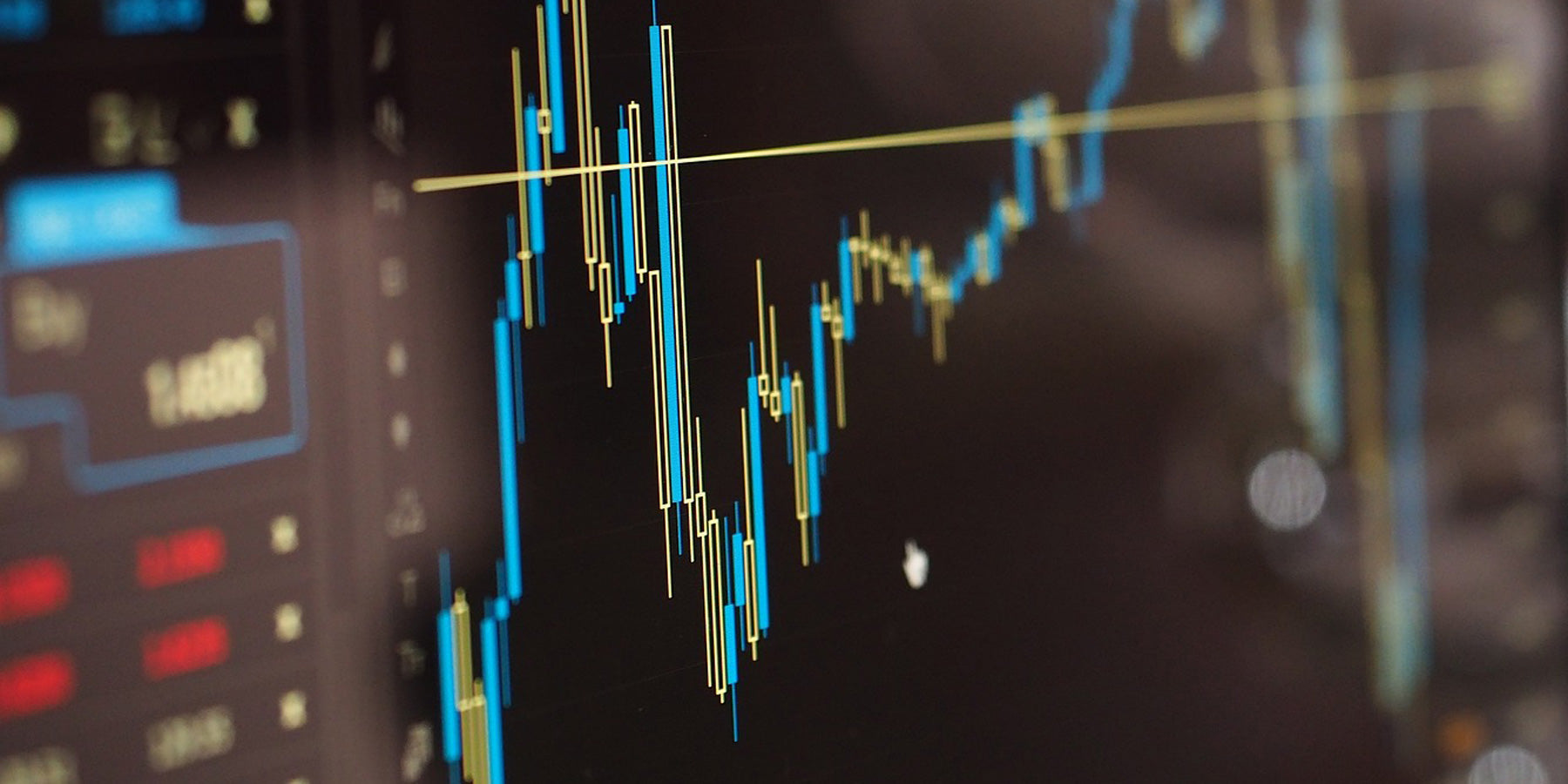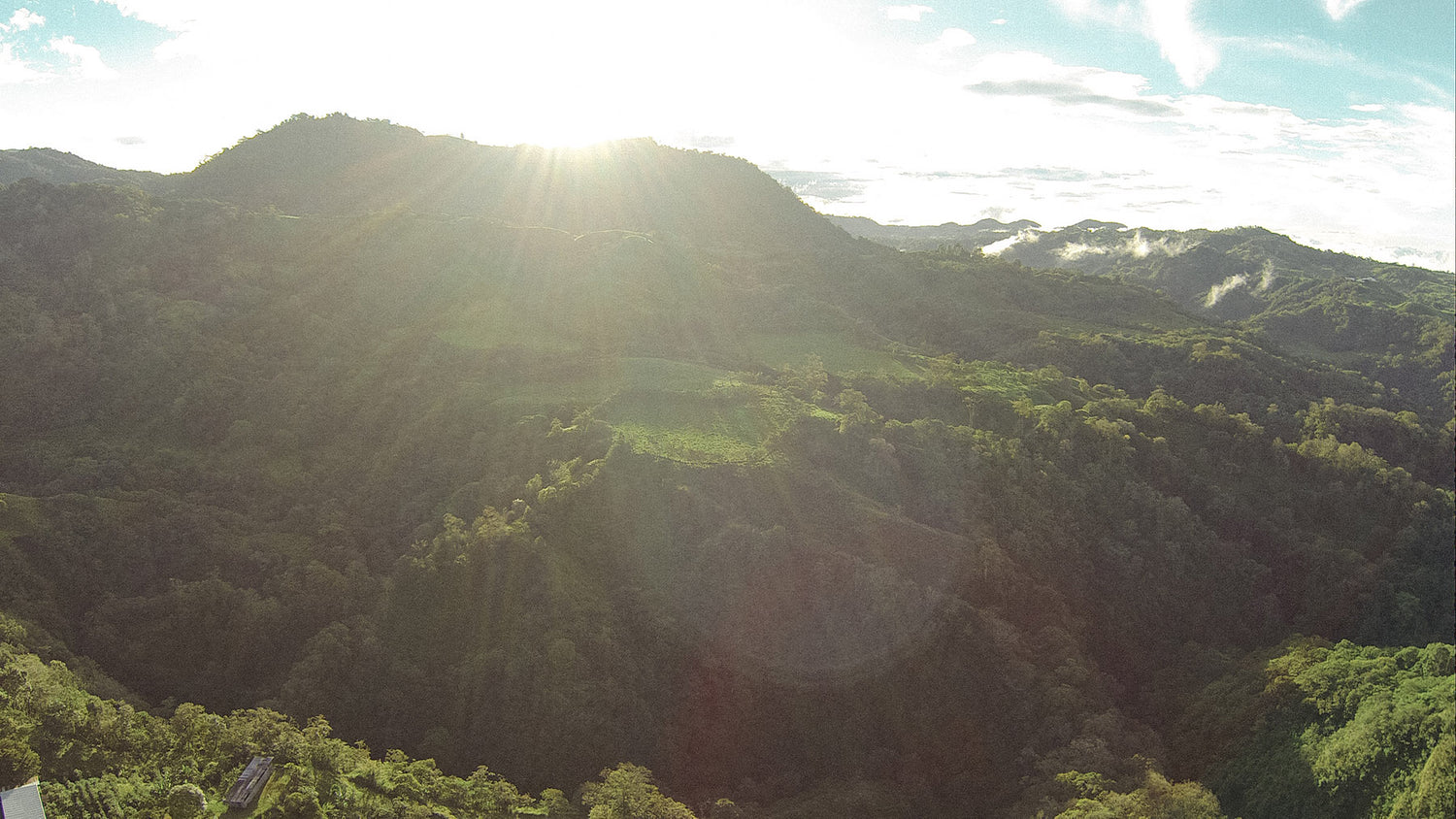Especially today, sustainable cultivation, fair treatment of farmers and, as a result, the entire world coffee market are becoming more and more of a focus in our society. In fact, very little is known about the coffee exchange. The price of coffee in trade is determined by the current world coffee market price , which is also made up of surcharges for import, roasting, packaging, intermediate trade and the coffee tax.
With this blog post, we want to give you a better feel for the coffee exchange and the entire world coffee market , so that you can get an idea of which factors influence the prices of coffee in the various online shops and in the supermarkets. Elias Fischbacher from the Wildkaffee Rösterei wishes you lots of fun discovering.
Coffee Exchange -
the trade in coffee
Admittedly... When you enjoy your cup of coffee, you usually don't think about the exact world market price on the coffee exchange. In general, the general public still knows relatively little about the coffee exchange. Basically, this is because this price has no immediate, but only medium-term impact on the final price for consumers. Only in the event of longer-term fluctuations, such as those surrounding the corona pandemic, are the prices for end customers adjusted.
Political situations, climatic influences and shifts in demand are usually responsible for fluctuations. There are two leading coffee exchanges that are particularly relevant for the global coffee market. These are the New York Stock Exchange for Arabica and the London Stock Exchange for Robusta . This often makes coffee an object of speculation. The value of the actual coffee is often exceeded.

How is coffee traded on the stock exchange
Coffee itself is not actually traded as a real product on the coffee exchange. In stock market language, these are called "commodity futures". This means that a certain amount of coffee can change hands 10 times in this way before the last person in this, let's call it "bidding chain", actually redeems the contract and thus finally secures the coffee. The result is typical speculative trading. In the event of negative climatic influences, political unrest and the resulting poor harvest, prices skyrocket, while in the event of overproduction and perfect climatic influences, prices fall. This creates high volatility, which is particularly popular with experienced traders. Speculation on green coffee is considered the premier class of trading and is more like an unpleasant trading idea. In order for prices to rise on the coffee exchange, civil wars and negative climatic influences must be relied upon.
Coffee Exchange - certified seals?
With a view to sustainable cultivation and fair payment for farmers, numerous seals have been created over the past few decades that attempt to circumvent the prices on the coffee exchange by imposing conditions and fixed prices. The focus of coffee traded on the exchange is definitely not on quality, but on price. Seals such as Fairtrade etc. aim to circumvent price gouging with fixed prices, so that farmers are somewhat more independent of the fluctuating prices on the coffee exchange thanks to this security. Investments in ecological projects and ecological fairness also ensure that the coffee is cultivated and processed in an environmentally friendly way.

Unfortunately, this system still has numerous disadvantages, which we will now briefly discuss. Let's start with the fixed Fairtrade price. This is determined using an internationally standardized procedure. Fairtrade's pricing unit carries out an analysis to develop minimum prices and premiums, which are then agreed upon by national Fairtrade organizations . The farmer can then sell his coffee as Fairtrade coffee at this fixed price.
This involves using coffee of lower quality, which is then sold at higher prices in our shops. Certification as a Fairtrade farm is also extremely expensive. The application alone costs €525 , and the initial certification costs around €2,300 . This amount is unaffordable, especially for smaller farmers in emerging countries, even though their coffee would be of outstanding quality.
Coffee Exchange - Direct Trade
For us as a roastery in particular, direct trade, and therefore direct, friendly contact with the farmers in the countries of origin, offers considerable advantages. We get a precise insight into the working methods on the farm and can decide individually whether the farm and its coffee comply with our fair and sustainable principles . The exchange of new methods for harvesting and processing is also communicated to us directly, so that we are always perfectly informed about all the new trends in cultivation . Logically, the coffee exchange also plays a role in direct trade. The price on the coffee exchange is of course also based on supply and demand . The same facts also play a role in direct trade. The big difference, however, is the willingness to pay a fair price for the work and the highest quality of the green coffee. The focus is not on pushing the price down, but on the quality and the factors behind it.
Coffee exchange, certified coffee & direct trade - advantages and disadvantages!
Let's go back to the coffee from the coffee exchange. The biggest advantage is definitely the low price that is generated by this type of trade. Unfortunately, the downside of this coin is huge! Not only is the quality of the coffee from the exchange usually inferior and, above all, not traceable, the work that is done on the farms in the countries of origin simply cannot be fairly remunerated at these prices.
This problem has been recognized by some organizations that are primarily dedicated to fair payment for producers. Various seals, all of which are subject to different conditions , set prices at which the green coffee is then sold to the roasters. This offers farmers security and consistency . For some time now, more attention has been paid to sustainability and various ecological projects on the farms. Unfortunately, the quality of the coffee is ignored, which is why lower quality coffee is often sold as Fairtrade coffee, increasing the profit margin for the farmers. Certification is also very expensive and not every farmer can afford the seal. In summary, the seals are a good approach, but one that should be optimized bit by bit.
Coffee Exchange - Benefits
Direct trade offers us the greatest advantages as a roaster. Coordinating directly with the farmers ensures that we are always informed about cultivation methods, new varieties and the numerous trends in processing. Furthermore, by visiting the farms, we can get a precise picture of sustainability and working practices on the farms.
Long-standing business relationships, which have often developed into friendships in the long term, round off the overall package of direct trade coffee. We know exactly what quality of coffee we can expect , which the farmer is rewarded with fair and direct payment, without any middlemen.
Coffee Exchange - Disadvantages
A small disadvantage is the sometimes complicated communication channels , especially in emerging countries.
However, this problem has been improving in recent years thanks to various projects.
Coffee on the stock market is getting headwinds from exciting projects - and that's a good thing!
The third coffee wave once ensured that single-origin coffees from different countries became increasingly popular. The focus on quality and taste is increasing and continues to increase. Coffee from the stock exchange is being cast in an increasingly dark light. And with what? And rightly so! The coffee exchange speculates on civil wars and negative climatic influences . Poor working conditions and poor quality of the wildly mixed green coffees also ensure an even lower price for the object of speculation. In order to dissuade people from this mindset, a number of coffee projects have been developed in recent years that promote trade relations and profitable cultivation in the countries of origin, instead of deliberately exploiting the farmers.
As examples we mention the Community Coffee Project in Rwanda and our very own project - the Buenos Aires Coffee School Project in El Salvador . With these projects, the farmers are taken by the hand and, through simplified contact with various trading partners, they get trustworthy and reliable partners who import the high-quality green coffee at fair prices.
Coffee Exchange - Conclusion
The coffee exchange has relatively little to do with the actual luxury item coffee. It is traded in so-called "commodity futures" . Due to the enormous volatility, trading on the coffee exchange is considered the premier class of trading . The quality of the coffee plays a subordinate role. It is much more about the best entry price and the best selling price. This has fatal consequences for the coffee producers!
In order to achieve such low prices, working conditions, wages, quality and sustainability suffer enormously, resulting in poor quality coffee. Various seals such as Fairtrade are trying to address these grievances and have therefore been developing new solutions for several years to find an internationally standardized system that increases the quality and yield of the coffee. However, many adjustments still need to be made before this system can be perfected. Direct trade is already a bit further along in this regard. Direct exchange and fair treatment of farmers currently ensures the best coffee quality, as well as promoting the structures on the farms in the countries of origin. In addition, numerous coffee projects promote this endeavor and provide farmers with ready-made solutions!


